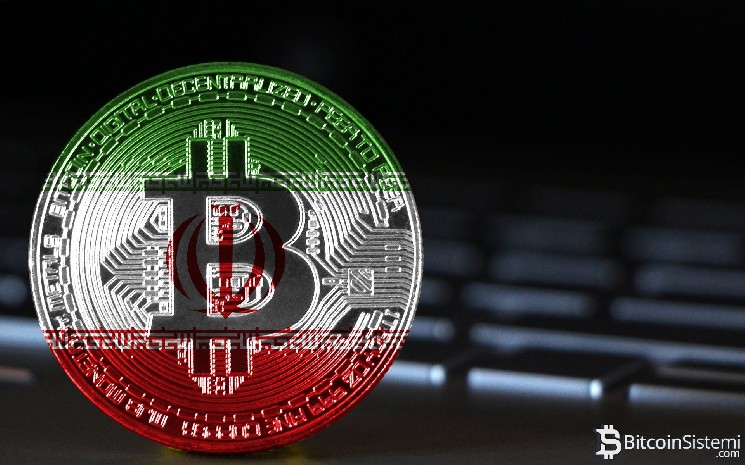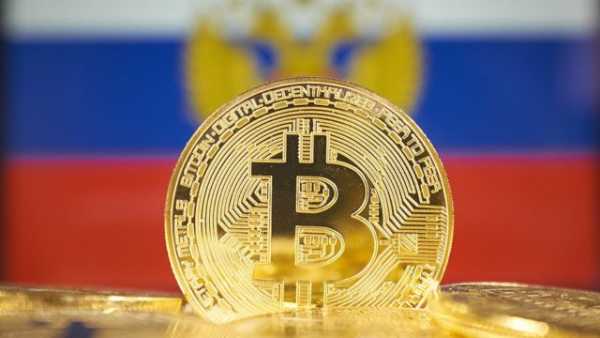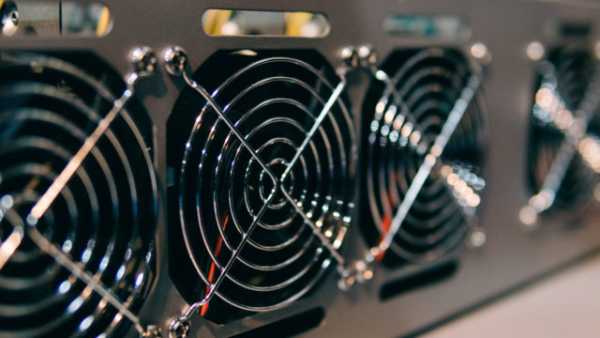Why Did Bitcoin's Hashrate Plummet After US Attack on Iran's Nuclear Facility? Did Iran Mining Bitcoin? Here Are Estimates of Its Bitcoin Stocks

Iran has been mining and trading cryptocurrency since 2019, when its national currency was devalued by years of tough international sanctions and high inflation. However, experts say it remains nearly impossible to accurately determine how much bitcoin (BTC) has been mined in the country.
According to the University of Cambridge’s Centre for Alternative Finance, Iran accounted for 7.5% of the global Bitcoin mining hashrate in March 2021. By January 2022, that figure had dropped to 0.12%.
Andrew Scott Easton, CEO of Bitcoin mining investment firm Masterminded, estimates that Iran has historically mined around 60,000 BTC, which at current prices is worth approximately $6.4 billion. Meanwhile, Sazmining CEO Kent Halliburton claims that Iran may have mined between 100,000 and 200,000 BTC since 2018, which could be worth between $10.7 billion and $21.4 billion. The importance of this period is increased by the fact that Iran began issuing legal crypto mining licenses in 2019.
However, forecasts are difficult to make because much of Iran's production is hidden to avoid high electricity tariffs, said Rajat Ahlawat of regulator Crystal Intelligence.
According to Iran's National Council of Resistance, about 1,000 licenses were issued for legal crypto mining farms in 2020, and the number is expected to exceed 10,000 in 2022. However, according to former President Hassan Rouhani, 85% of mining was done illegally as of 2021. According to state-owned electricity company Tavanir, there are about 700,000 illegal mining machines operating in the country.
Ahlawat noted that licensed miners are unable to make significant profits due to high electricity rates, so many are mining illegally in homes, mosques, and schools — places with cheap or free electricity. Some organizations linked to the Iranian government are also believed to be mining this way.
Illegal mining operations have put a heavy strain on the country's power grid, causing periodic power outages across the country. Tavanir has launched a crackdown, offering rewards to those reporting such activities. In 2022, 9,404 illegal mining devices were seized in Tehran alone in a six-month period.
Bitcoin's hash rate fell 27.9% on Sunday after the U.S. struck Iran's Fordow nuclear facility, built deep in the mountains. The drop sparked speculation on social media that Iran was mining Bitcoin in the mountainous area. However, some mining companies, such as Blocksbridge Consulting, have disputed that theory, noting that short-term fluctuations in hash rate can be deceptive.
Ahlawat said there was no clear evidence that mining was taking place there, although he stressed that nuclear sites such as Fordow have adequate electrical infrastructure. However, if that were the case, he added, such an operation would have been carried out by the Iranian government or its affiliates.
The Iranian Revolutionary Guard Corps (IRGC) stands out as the country’s leading mining force. According to Easton, the IRGC may be the largest Bitcoin miner in Iran. However, the government’s history of hiding its mining activities makes it difficult to obtain accurate information in this area.
It is therefore unclear how much Bitcoin Iran has earned to date, primarily because about 85% of mining has gone underground and the government does not disclose information about this activity. However, for many Iranians, cryptocurrency mining remains one of the few ways to earn money in the face of high inflation.
*This is not investment advice.
Source: cryptonews.net



